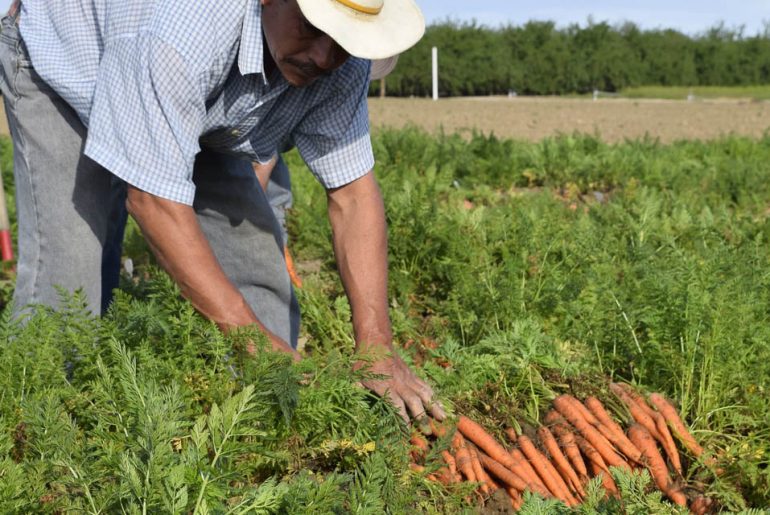No matter how little spare time you have, investing a little portion of it into growing your own vegetables is a delightful exercise. From a pot of fragrant herbs on your patio to a row of beans in your back yard, you and your family will benefit from your labors.
Growing a few of your own vegetables is as much about getting in touch with the source of your food and teaching yourself and your children about whole eating and the good earth, as it is about saving money.
It’s difficult to think anything but pleasant thoughts while eating a homegrown tomatoLEWIS GRIZZARD
It is also about nurturing your heart and soul as much as your body.
The temperate climate of the United Kingdom makes it a perfect place to experiment with a variety of crops, from specialty fruit trees to healthy greens and lush tomatoes.
Once you taste freshly picked vegetables, grown chemical free, it will be hard to contain your delight. It is also a wonderful way to generate a youngster’s interest in eating healthy.

The process of starting to grow your own is much easier and less time-consuming than you might imagine. Gear your efforts to the time and space you have and get started.
All you need is a pot or two or a tiny patch of dirt (enriched with garden center soil if needed).
Here are three home-gardening crops to get you started:
Salad fixings
One of the easiest kinds of vegetables to grow are salad greens. Take a large pot or barrel, sow either seeds or plants started in the local nursery, and you will be picking fresh lettuce and other greens within a few weeks. Mix in different colors and kinds of greens, from lettuce varieties to spinach.
If you are using seed packets, save a mixture of seeds from each packet to replant further into the season. In an average summer, you should be able to have fresh salads for the entire season.
Tomatoes
A number of varieties of tomatoes are suitable for growing in pots on patios or even on a sunny spot on the front or back steps. You can start them inside on a sunny windowsill in early spring, and move them outside after danger of the first frost.
Children especially love to grow cherry or grape tomatoes that they can pick off for a tasty snack. These vegetables combine easily with the salad greens as well. If you have space for a traditional or raised garden, plant a few different varieties. If you have an abundance in harvest season, make your own spaghetti sauce and freeze it for use later in the year.
Beans
The joy of growing beans in either a patio pot or garden is that once they start to produce, you can pick enough for a meal every two or three days.
It is satisfying labor and a great chore for a little child who will share your sense of accomplishment when they can pick the beans and snap them for a meal.
Food begins to mean more, and your family will develop a love for food that is served in its natural state, as opposed to stopping at a fast food outlet for less healthy choices.
Some dos and don’ts
Make sure if you are growing your vegetables on your patio that you select pots large enough so their roots will not be crowded. You need at least six inches of soil for greens and herbs and a little more for vegetables that will grow taller.
Make sure your plants have ample sunshine and shelter from harsh winds for best results. Take time to add a little fertilizer or compost to your soil.
Watch your plants for pests. Normally, if you start them inside and can check them daily when they are most vulnerable, they will be less likely to succumb to pests when they are moved outside, but vigilance is still the key to success.





